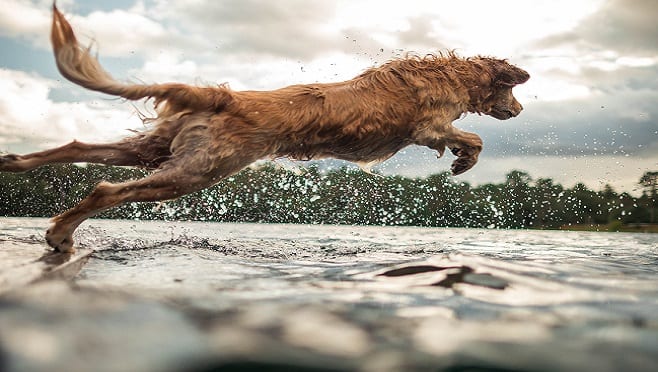
Photo by Roberto Nickson from Pexels
Last week, someone shared a post on Facebook that dealt with the loss of a pet. This young twenty-something couple took their dog to the lake to play fetch and cool off. Not long after playing in the water, this young couple’s dog had become lethargic. The dog then started vomiting. They rushed the dog to the nearest hospital and unfortunately the dog did not survive. Confused and distraught, the couple was shocked to learn that the water is what made the dog ill. More specifically the algae on the lake. This is not an isolated incidence. Lately, there has been a build-up of toxic algae covering several different lakes in the South. And it is fatal to dogs.
According to a report, Blue-green Algae is poisonous to animals. It is similar to green algae. Both have a smell and look that is similar. Except the blue-green algae is a cyanobacterium and is dangerous. Scientists say that Blue-green algae has been around for years but has recently resurfaced. It can live in fresh or saltwater. The appearance is gooey. It looks like scum. Researchers believe the new growth is from a combination of warmer temperatures, untreated sewage water and the increased usage of crop fertilizer. The algae attack the animal in two ways. First, a toxin infects the brain causing neurological disruptions, headaches, and dizziness. Then the second toxin will cause liver failure. The dog or animal will start to display symptoms within minutes. The symptoms include twitching, weakness, seizures, vomiting, and diarrhea. Sometimes it could days for the algae to affect the dog. It depends on how much of the poisonous algae was ingested.
The most recent cases of this blue-green algae killing dogs have happened in North Carolina, Georgia, and Texas. The toxic algae were also found in two parks in New York City.
So before you take your dog to cool off at the lake, there are some things you can look. The algae may not be visible. Sometimes it sits at the bottom of the pond. Look closely at the water. If you see dead fish or if the water’s color is off, it could be a sign that the water is infected. There could also be an unpleasant smell. And if the lake does indeed have the blue-green algae, the algae could also be in the soil. If you have any suspicions, its best to avoid that body of water completely. According to a vet, most dogs do not survive once poisoned because most vets do not have experience dealing with this type of algae. Researchers suggest if you believe your dog could be infected, do not waste any time. Contact both an animal control center and veterinarian.

